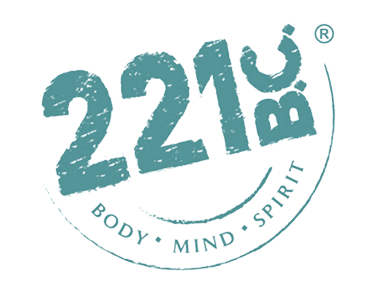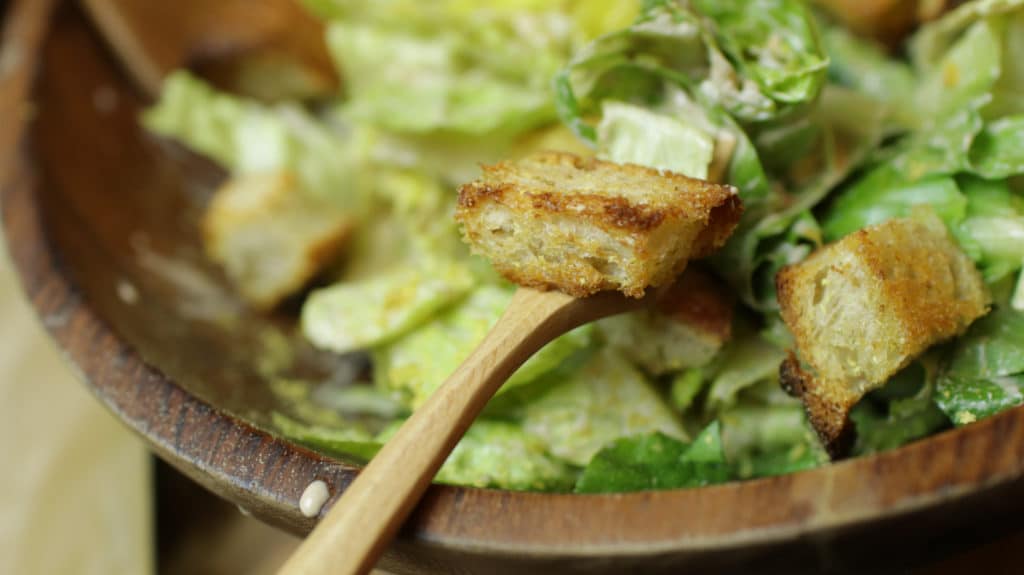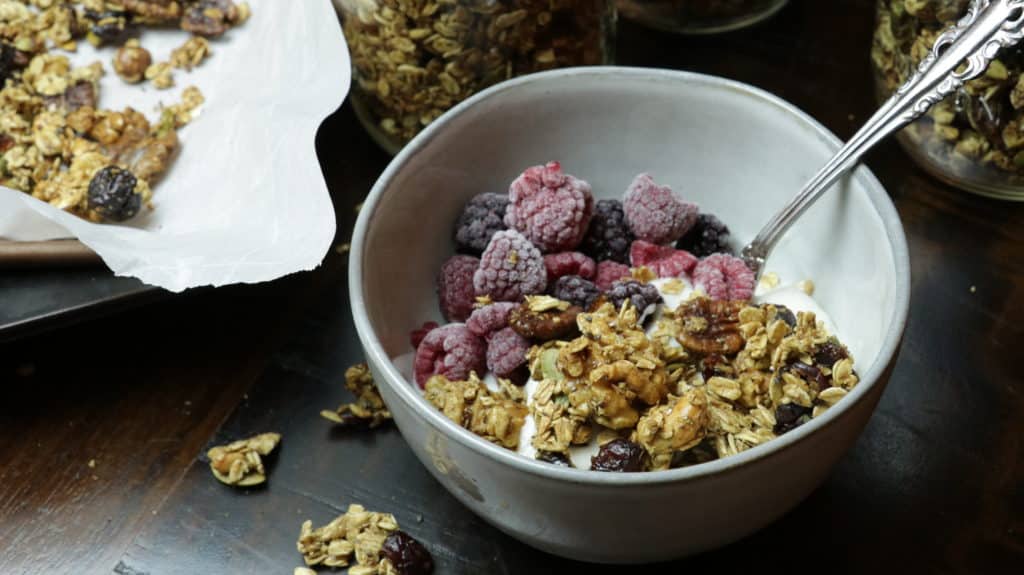There was a time, not so long ago, when sugar was revered. As a little girl growing up in Poland, I remember sugar not as a commodity, but as a coveted treat. We didn’t take it for granted. It was stored with care, used with intention, and shared during moments of celebration. A spoonful in your tea or coffee, a sprinkle in summer jam, or baked into a cake for a birthday—it was never about indulgence. It was about joy.
Sugar has a long and honorable history. For centuries, it served communities across the world: from jaggery in India to cane sugar in the Caribbean, it was treasured, respected, and used sparingly. And when used wisely—yes, wisely—real sugar can be a wholesome and delicious addition to a balanced diet. Multiple studies confirm that in moderate amounts, real sugar is not inherently harmful. The problem, as it so often does, began with industrialization—and was amplified by the slow erosion of self-control.
Enter the industrial era. Food manufacturers quickly realized that humans crave sweetness, and they used that knowledge not to nourish, but to manipulate. Sugar stopped being a celebratory ingredient and started appearing in literally everything. When real sugar became too expensive, the industry pivoted—engineering cheaper, more potent alternatives like high fructose corn syrup, dextrose, sucralose, and aspartame. And then came the “natural-sounding” solutions—like stevia and monk fruit—marketed as cleaner, healthier options. The lab replaced the kitchen.
But let’s pause and rewind—not to the 1950s, but over 2,500 years ago. Crystallized sugar was first developed in India during the 5th century BC. Known as śarkarā in Sanskrit, it was made by crushing sugarcane, extracting the juice, and gently boiling it until golden crystals formed. It wasn’t a byproduct of industry, but the result of patience, fire, and tradition. Sugar was once so rare and revered that it was used in various preparations—blended with herbs in Ayurvedic remedies to soothe the throat or aid digestion, and in traditional Chinese medicine to harmonize bitter formulas and restore balance. Across cultures, sugar appeared in both healing and ceremonial contexts—an object of respect, not excess.
That same respect lives on at Kombucha 221BC. We choose real, organic cane sugar— because it works, and because it has safely served communities around the world for centuries. It nourishes the living cultures that transform tea into a vibrant drink with live cultures containing probiotics. And during fermentation, most of that sugar is naturally consumed, leaving behind beneficial acids, enzymes, and just enough of balanced sweetness.
We couldn’t “sweeten it up” with stevia or monk fruit—even if we wanted to. The living cultures that make our kombucha so vibrant simply wouldn’t survive. Fermentation needs real sugar. That’s the beauty of it—and the boundary. Nature doesn’t respond to shortcuts. Not in long terms.
And neither do we. Because you deserve the real thing. Real herbs. Real teas. Real sugar. That’s what makes it real kombucha.
Now, let’s consider the modern alternatives. Stevia, monk fruit extract, erythritol—these may sound more natural, but their production is anything but. They are highly refined, often chemically processed, and sometimes linked to gut disruption, hormonal imbalance, and even cardiovascular risk. A recent Cleveland Clinic study connected erythritol to elevated blood clot risk, suggesting that the body doesn’t always recognize these ingredients as safe. Even “clean” options like stevia and monk fruit can interfere with taste signaling and metabolic response. Ask yourself: have these sweeteners been tested across generations, or just across fiscal quarters shaped by trends?
Predictably, as health declined and waistlines expanded, we needed someone to blame. And sugar—the oldest, most familiar sweetener of them all—became the scapegoat. Never mind the rise of ultra-processed food. Never mind the shift from nourishing meals to engineered snacks. First fat was the villain, then carbs. Now it’s sugar. And so, we rush toward “sugar-free” everything, placing our trust in synthetic promises while tradition is quietly erased.
I’m not a scientist in a lab coat. I’m a traditionalist. I believe the best studies are found in human history: how our ancestors ate, lived, and thrived. Fat. Butter. Fruits. Milk. Tea. Coffee. Fermented vegetables. Real bread. Herbal infusions. These aren’t health fads. They’re time-tested truths.
So the next time you reach for a healthy “sugar-free” soda or Franken-kombucha promising gut health and energy boost, read the label twice. Then ask yourself: Are you eating real food, or becoming a test subject for the next wave of fads?
We were given something priceless—wisdom passed down through generations, and the ability to choose. The industry may tempt, but God gave us free will. We decide what fills our homes, our tables, and our bodies. We can follow the loudest voices, or we can return to what’s quietly endured all along: food made with purpose, eaten with gratitude, and shared with intention. I’m not against science. I’m not against innovation. But I am against throwing away what’s good in the name of what’s new and trends sold to us by the most sophisticated marketing on the planet.
The choice is yours: Will you follow the wisdom of generations, or chase the next synthetic and fast fix?
Welcome to the Traditionalist Club. We’ve been waiting for you.









